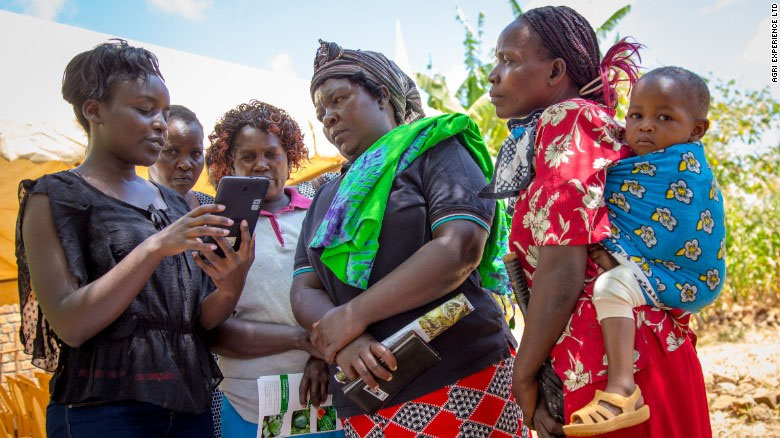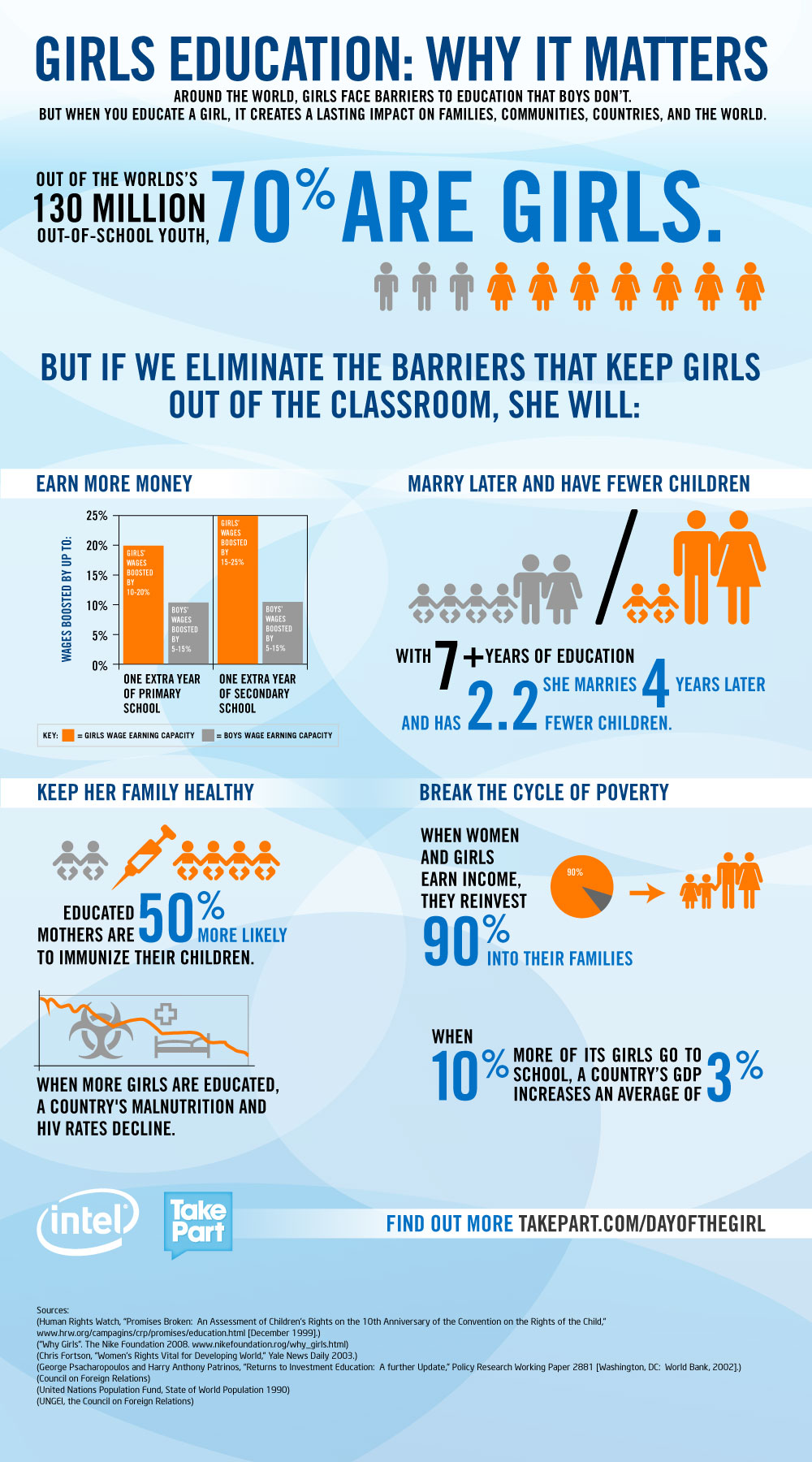Technology has advanced the world in so many ways, particularly in commerce, so it seems natural that technology could be used to arm communities throughout the world with tools that can help them put an end to poverty. To this end the Institute for Globally Transformative Technologies at their Berkeley Lab in California, U.S.A. is exploring innovative ideas that although they do not exist at this time, are feasible when scientists, designers and engineers work together with the support of aid agencies, philanthropies, businesses and other charitable organizations and individuals.
The focus of these proposed innovations is on uniqueness, energy-savings and minimal cost, ease of operation, endurance and maintenance-free. The innovations would be developed to address the areas of health, safe food, development of agriculture, education, water, human rights, supply of electricity, gender equality and climate change. These developed technological innovations would then be used to improve the lives of the poor in the sub-Saharan areas of Africa and in South Asia.

Some of the innovative ideas proposed would address the following areas of concern:
Health – 16 ideas were proposed for the health category, and as this is by far the biggest area of concern, it is of little surprise that such things as new vaccines for malaria, tuberculosis and of course HIV/AIDS especially as even in this technologically-advanced world they live in 4 million people are still dying from these diseases each year. In particular, the wish-list for future innovations included antiretroviral therapies that would last longer, addressing the high cost and toxicity of current HIV drugs. Yet another interesting idea that came forth is a low-cost solar-powered birthing kit for mothers. Substitutes for condoms were also proposed, recognizing that many men do not like to wear condoms. Yet another idea that was proposed was a way to make more sports fields available and encourage both children and adults to become more involved in sports and fitness-based activities.
Food and Agriculture – Right behind Health, Food and Agriculture is the second biggest area of concern and elicited 12 innovative ideas. One of the major ideas is fertilizers that cause less environmental harm and require less application to achieve the same crop yields. Low cost refrigeration units is another idea that would help reduce harvest losses, as is an alternative freezing agent to liquid nitrogen for the preservation of animal semen. Other ideas included better diagnostic tools for animal diseases, seeds that are more drought-resistant, a cooler for vaccines, water and soil-quality tests and a tilling machine that farmers could use to remove weeds that would cost $50 or less.
Water – That scarcity of water is steadily rising caused several ideas to come forward. One is a more cost-effective method of removing salt from sea water. Another is a water drilling machine that would cost less than $100, and yet another is a water pump that is solar-powered and would be priced at less than $50.
Electricity – Ideas proposed included appliances that would be considerably lower-energy, low-cost solar mini-grids, more effective ways to store unused energy and kits that would allow the power of sun and wind to be harnessed effectively.
Human Rights – Ideas to not only preserve but improve the enforcement of human rights were more accurate ways to record births and land rights, aiding in the provision of medical and financial assistance, and using technology to monitor and hold accountable government agencies and record human rights violations.
Digital – Recognized is the need for the poor to have access to an iPhone-comparable phone that would cost less than $50.
Climate Change and Environmental Issues – On the wish-list for climate change and environmental concerns is the need for homes that are better able to withstand extreme weather conditions. Another proposed idea is a filter that can be fitted to the tailpipe of a vehicle to reduce emissions.
Some of these ideas are already being explored in detail, while others are already in the early stages of development. While it may seem that this list of ideas may be ambitious each one can have a positive impact on global poverty.


